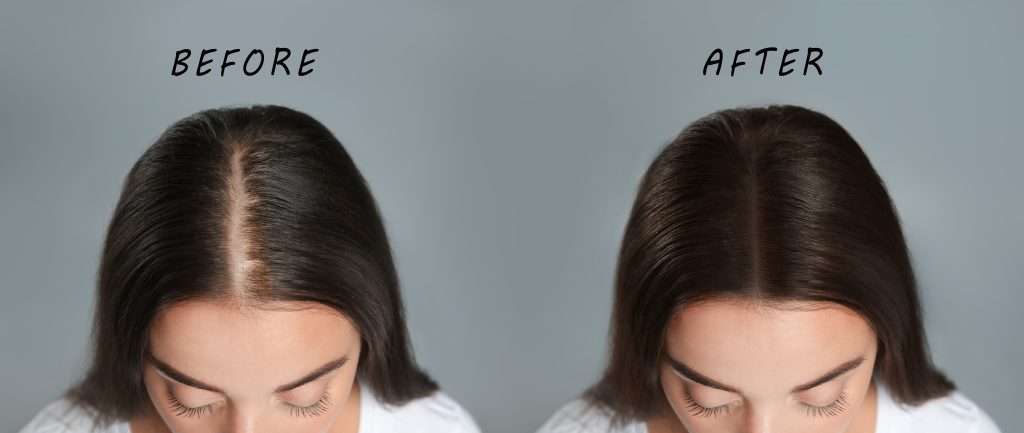Hair Tattoo for Female Hair loss
What is a Hair Tattoo?
A hair tattoo is also known as scalp micropigmentation or SMP for Short. It is a non-surgical cosmetic procedure in which tiny dots of pigment are applied to the scalp to mimic the look of actual hair follicles. Hair tattoos are typically used to create the illusion of a thicker, fuller head of hair or to camouflage bald patches, scars, or thinning hair.
During the hair tattoo procedure, a skilled technician uses a specialized tattoo machine to apply the pigment to the scalp in a series of tiny dots, carefully imitating the pattern and density of natural hair growth. The pigment used is specifically designed for hair tattoos. It matches the client’s natural hair color, skin tone, and follicle density and can be customized to achieve a natural-looking result.
Hair tattoos are a popular option for both men and women experiencing hair loss or thinning hair, and they can provide a long-lasting solution without the need for hair transplants or other invasive procedures. The results are immediate and can last for several years with proper care and maintenance.
Here at Restoration Ink, we give women the opportunity to bring back some of the confidence they lost when they began losing their hair. Find out more HERE.

Quick Facts

Mapping
At your consultation we will discuss what results you are looking to achieve.
We will assess your scalp properly and at your treatment we will be able to map out where the microdots will be placed.
Once you are happy with this we can begin the treatment.

Does it hurt?
Scalp micropigmentation is not a painful procedure, however it may cause slight discomfort.
We will be checking on you throughout your entire treatment to make sure you are as comfortable as possible.
Believe it or not – some clients even fall asleep!

Aftercare
Once your treatment is complete we will provide you will full aftercare advice.
In order for you to achieve long-lasting results, it is important you follow the advice provided and take great care of your new hairline. If you have any questions about what you need to avoid after treatment, then do not hesitate to contact us.

